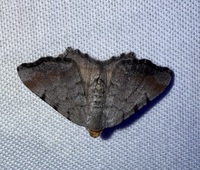
| Recorded by: Marilyn Westphal on 2025-08-24
Henderson Co.
Comment: | 
| Recorded by: Jim Petranka, Marilyn Westphal and Becky Elkin. on 2025-08-17
Henderson Co.
Comment: |

| Recorded by: David George, Kevin Bischof, Rich Teper, Patrick Coin on 2025-08-16
Transylvania Co.
Comment: | 
| Recorded by: David George, Kevin Bischof, Rich Teper, Patrick Coin on 2025-08-15
Transylvania Co.
Comment: |

| Recorded by: Mark Basinger on 2025-08-12
Ashe Co.
Comment: | 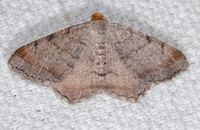
| Recorded by: Jim Petranka on 2024-09-06
Madison Co.
Comment: |
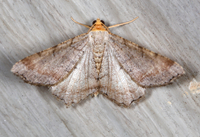
| Recorded by: Jim Petranka on 2024-08-23
Madison Co.
Comment: | 
| Recorded by: Ken Kneidel on 2024-08-13
Yancey Co.
Comment: |
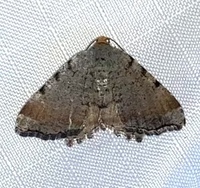
| Recorded by: Ken Kneidel on 2024-08-13
Yancey Co.
Comment: | 
| Recorded by: Ken Kneidel on 2024-08-13
Yancey Co.
Comment: |
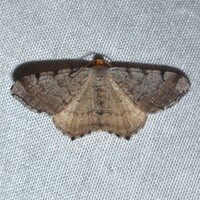
| Recorded by: David George, Jeff Niznik, Kevin Bischof on 2024-08-07
Transylvania Co.
Comment: | 
| Recorded by: David George, Jeff Niznik, Kevin Bischof on 2024-08-07
Transylvania Co.
Comment: |
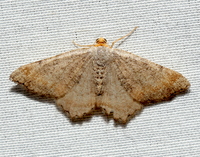
| Recorded by: David George, Jeff Niznik on 2024-08-05
Transylvania Co.
Comment: | 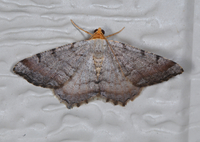
| Recorded by: Jim Petranka on 2024-08-04
Madison Co.
Comment: |
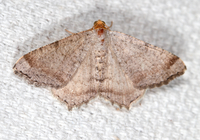
| Recorded by: Jim Petranka on 2024-07-31
Madison Co.
Comment: | 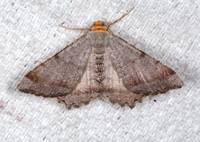
| Recorded by: Jim Petranka on 2024-07-23
Madison Co.
Comment: |

| Recorded by: Jim Petranka on 2024-07-21
Madison Co.
Comment: | 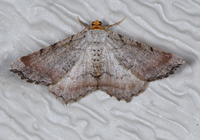
| Recorded by: Jim Petranka on 2024-07-18
Madison Co.
Comment: |
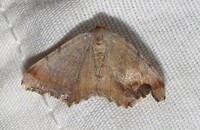
| Recorded by: B. Bockhahn on 2024-07-14
Macon Co.
Comment: | 
| Recorded by: Jim Petranka on 2024-06-29
Madison Co.
Comment: forewing length = 12 mm. |
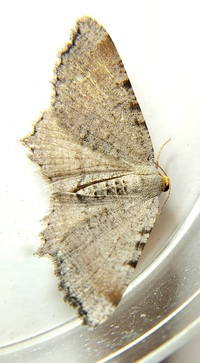
| Recorded by: Mark Basinger on 2024-06-26
Yancey Co.
Comment: | 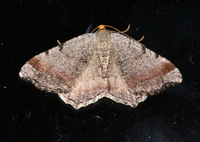
| Recorded by: Jim Petranka on 2024-06-02
Madison Co.
Comment: |
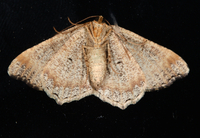
| Recorded by: Jim Petranka on 2024-06-02
Madison Co.
Comment: | 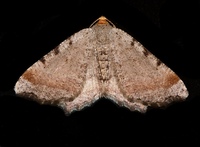
| Recorded by: Jim Petranka on 2024-05-14
Madison Co.
Comment: |
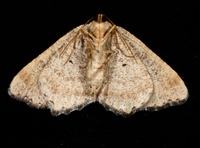
| Recorded by: Jim Petranka on 2024-05-14
Madison Co.
Comment: | 
| Recorded by: Jim Petranka on 2024-05-05
Madison Co.
Comment: FWL = 12 mm. |

| Recorded by: Jim Petranka on 2024-05-05
Madison Co.
Comment: FWL = 12 mm. | 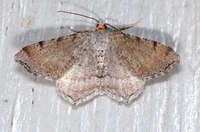
| Recorded by: Jim Petranka on 2024-04-29
Madison Co.
Comment: |
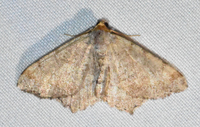
| Recorded by: Emily Stanley on 2024-04-27
Buncombe Co.
Comment: | 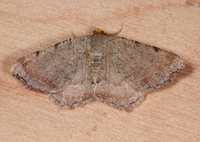
| Recorded by: Jim Petranka and Becky Elkin on 2023-09-05
Buncombe Co.
Comment: |
|

 »
»
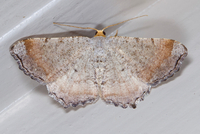



 »
»


